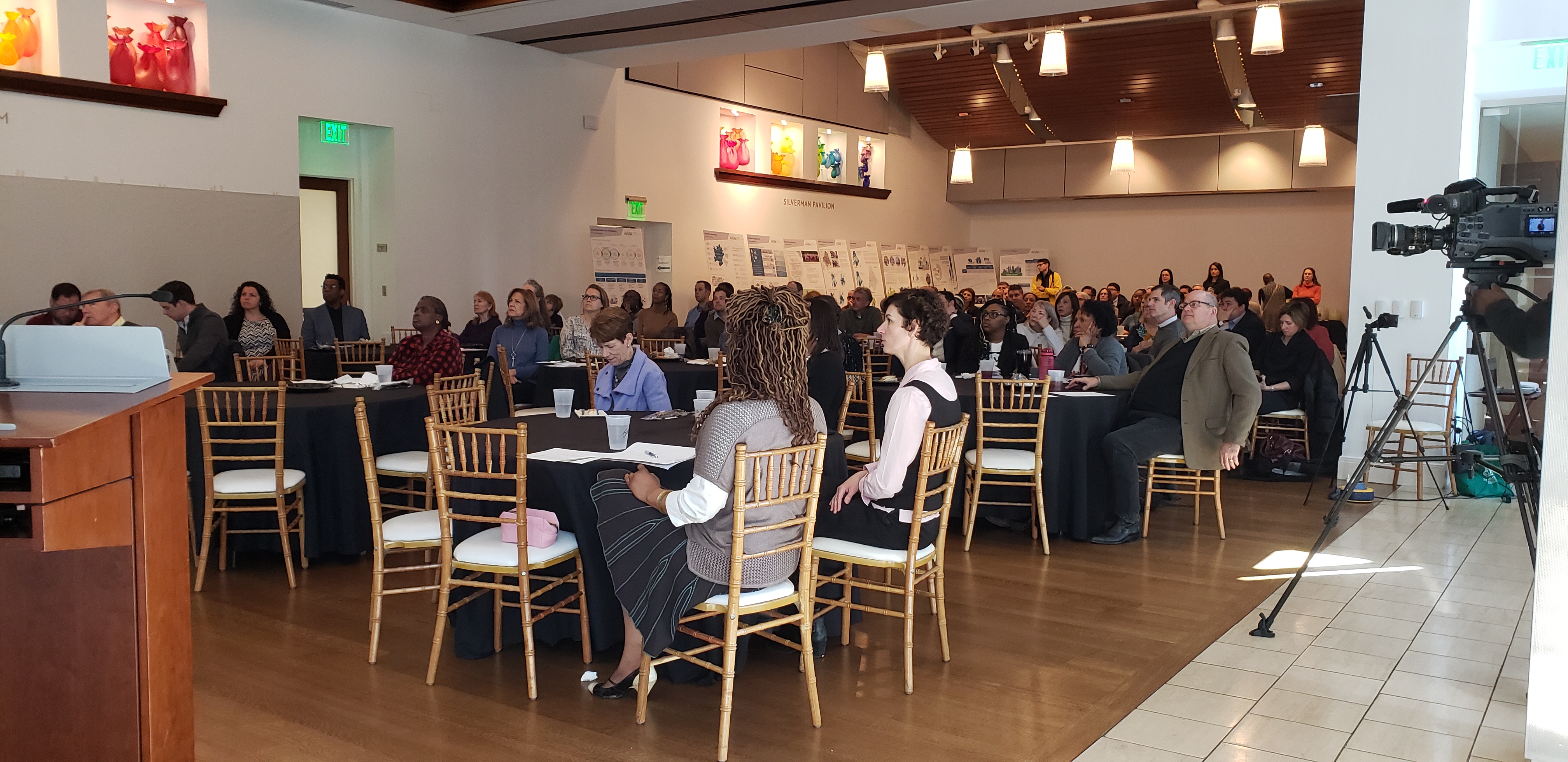
By Tonya Jameson
Longtime residents on the west side of Charlotte don’t need to be reminded that their voices have been ignored as the city has grown. Neither do folks on the east side.
These residents have been sharing their frustrations and hopes for revitalized communities, during community workshops to craft the Charlotte 2040 Comprehensive Plan, which will guide the city’s growth in the next two decades.
For residents in the less affluent sections of Charlotte, growth has meant either domination or abandonment, depending on where you live. The west side sees the domination every day, with new craft homes replacing bungalows, or the even more insidious erasure of history, such as renaming Black neighborhoods. Remember Double Oaks? That’s called Bright Walk now. On the far east side, beyond the hip Plaza Midwood and Elizabeth neighborhoods, corridors languish with too many empty storefronts.
“Let’s stop tearing down history and let’s start honoring some of our legacies, particularly regarding our African American neighborhoods,” said Rickey Hall, board chair for the West Boulevard Neighborhood Association. “We’re looking to revitalize and enhance these communities. And at the same time, incorporating a more inclusive economic development framework.”
Charlotte Planning Director Taiwo Jaiyeoba hopes Charlotte will grow more responsibly in the next 20 years than it has in the past. His office is in charge of creating the 2040 plan to guide the city’s growth, through a shared vision of development and capital investment. This type of plan hasn’t been created since 1975.
“It’s a big deal,” he said.
Jaiyeoba wants to ensure that the public is a partner in creating this vision, every step of the way. That means getting public input through community meetings and forums from the start. Based on that feedback, planners will create scenarios of how the city can grow. Jaiyeoba’s team will elicit feedback on those scenarios, then draft a final plan for more feedback.
“We really want to make this a true engagement, a true conversation with the community,” he said. “Every conversation should be a two-way process.”
“It’s good to get community feedback, but it’s even better when the feedback is incorporated into the plan,” said Hall, who attended a 2040 plan community meeting in March.
The way the 2040 plan is being drafted is not how Charlotte typically grows. In the past, city leaders created a plan and presented it to the community for comments afterward. That’s the Charlotte way.
To create a new Charlotte way, the city collaborated with the Knight Foundation, which is a founding partner for civic community engagement. Jaiyeoba said he wants to reach the four communities that are often missing in these types of projects: millennials, minorities, seniors and foreign-born residents. He hopes to reach 10,000 residents.
The Knight Foundation has been doing a lot of work on the west side, and foundation Executive Director Charles Thomas wants to ensure that the plan includes input from all those neighborhoods, and does not lead to more segregation.
“Growth occurs, but not everybody gets to participate in growth,” he said. “Equity has to be a strong component;, inclusion has to be a strong forward component of our planning process and the way we think about how we want to grow our city.”
Development of the plan is in the second half of the first phase. There were three community meetings in March to gather public feedback on neighborhood needs. Three were evening meetings at Greater Mt. Sinai Baptist Church on West Boulevard and the Simmons YMCA in east Charlotte, and a lunch meeting at Foundation For the Carolinas. Each meeting drew people from all parts of the city.
The neighborhood meetings showed similar concerns about food deserts, access to pharmacies and health care and better transportation. The neighborhood meetings also focused on the impact of gentrification. People wanted to know how the plan would impact them and their neighborhoods. The uptown meeting drew design professionals, real estate developers, board members from organizations and neighborhood association presidents. They discussed what makes a city great, and whether Charlotte should want to be a great city. Their concern was how to grow in a way that positions the city on a national level.
Jeff Pharr, 54, president of the Graham Heights Neighborhood Association and a member of the North End Community Coalition near Camp North End. attended all three sessions. He wasn’t surprised by the difference between the comments he heard at the uptown meeting and the neighborhood ones.
“We do stuff in a corporate way, which is not always good for people in the community,” Pharr said. “I don’t mean that as a slight. There just seemed to be a difference.”
Jaiyeoba recognizes the difference, too. He has his own vision for what will make the plan successful. For example, by most standard measures, Charleston and Asheville areas successful, but they are also two of the fastest-gentrifying cities in the nation, according to Realtor.com.
“I want Charlotte to be a place that, even as we grow, people can still find themselves here,” he said.
A successful and healthy city is one in which people can get to where they need to go without having to drive, he said, so that they have options. One in which people can live where they want to live, without the city telling them that they can’t have apartments at that location. In which people can have good grocery stores in their communities. In which people can feel safe during the day and during the night, because they have good lighting, he said.
“A city is not successful if you end up pushing your people out of town, or it becomes too unaffordable for people to live in,” he said. “A city is not successful if it’s not fitting the city in an equitable manner. A city can be sustainable and resilient the more inclusive and diverse it is.”
Charlotte didn’t make Realtor.com’s top 10 gentrifying cities, and hopefully, the 2040 plan can keep us off that list.
